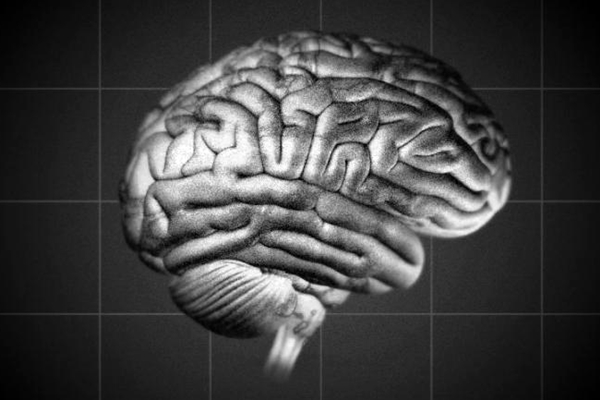3 November 2016. An experimental drug that clears peptides associated with Alzheimer’s disease from the central nervous system was also shown to be safe for patients in an early clinical trial. Researchers from the pharmaceutical company Merck based in Kenilworth, New Jersey published their findings in yesterday’s (2 November) issue of the journal Science Translational Medicine.
Alzheimer’s disease is a progressive neurodegenerative disorder affecting growing numbers of older people worldwide. People with Alzheimer’s disease often have deposits of abnormal substances in spaces between brain cells, known as amyloid-beta peptides, as well as misfolded tangles of proteins inside brain cells known as tau. The Alzheimer’s Association says some 5.4 million individuals in the U.S. have the disorder, of which 5.2 million are age 65 or older. By 2050 that number is expected to increase to 13.8 million.
Merck is developing verubecestat, a low molecular weight drug aiming to block the actions of an enzyme believed to kick off production of amyloid-beta peptides in the brain. That enzyme is BACE1, short for beta-site amyloid precursor protein cleaving enzyme 1. A promising approach for treating Alzheimer’s disease is to limit BACE1 enzymes, thus removing amyloid-beta peptides from the central nervous system, although the connection between BACE1 and amyloid-beta in the brain is up to now not supported in clinical studies.
A key factor holding back work with BACE1 inhibitors as Alzheimer’s disease treatments is their adverse side effects, including liver toxicity, reductions in the insulating substance myelin around nerve cells, lower blood glucose levels, and further neurodegeneration. Merck says its early screens yielded the compound isothiourea 1 that was shown in earlier studies to protect nerve cells, but also binds to BACE1 enzymes. Structural analysis and chemical optimization, says the company, led to modifications in isothiourea 1 that yielded verubecestat, a small-molecule compound.
In lab cultures, verubecestat was shown to block BACE1 protein activity in mouse and human cells, as well as limit the formation of amyloid-beta peptides. As important, verubecestat was also shown to have weak or no impact on a wide range of other proteins and enzymes in the body, suggesting few potential adverse side effects.
Tests in lab rats and monkeys largely confirmed the lab culture findings. Results showed animals given verubecestat had much lower BACE1 concentrations in their cerebrospinal fluid and amyloid-beta peptides in their brains. In addition, the animals showed no signs of the adverse side effects associated with BACE1 inhibitors — liver toxicity, neurodegeneration, lower blood glucose, or reduced myelin around nerve cells — even at doses many times higher than equivalent amounts normally given humans.
An early-stage clinical trial tested the safety and chemical activity of verubecestat, first with healthy volunteers and later in people with mild to moderate Alzheimer’s disease. In both cases, various daily doses of verubecestat were tested for 7 days, with the amount of amyloid-beta peptides measured in the cerebrospinal fluid, as well as observations of adverse effects.
Among the healthy volunteers, amyloid-beta peptides were reduced in cerebrospinal fluid by up to 80 percent. With the 32 Alzheimer’s disease patients, reductions in amyloid-beta peptides ranged from 57 to 84 percent, depending on the dose of verubecestat, compared to baseline measures and against a placebo. In the safety measures, vital signs including liver functions were similar for recipients of verubecestat and the placebo. In addition, the drug was well tolerated with only dizziness, headache, and nasal congestion reported as adverse effects.
Merck has intermediate and late-stage clinical trials underway, testing verubecestat at two dosage levels among persons with mild to moderate Alzheimer’s disease and prodromal Alzheimer’s disease, an early form of the disorder where memory is impaired, but the individual can otherwise function normally.
Read more:
- Trial Shows Antibody Slows Alzheimer’s Cognitive Decline
- FDA Giving Fast-Track Review to Alzheimer’s Candidate
- Trial Underway Testing Stem Cells to Treat Alzheimer’s
- Trial Shows Personalized Alzheimer’s Treatment Effects
- Trials to Test New Treatments for Inherited Alzheimer’s
* * *


 RSS - Posts
RSS - Posts
You must be logged in to post a comment.